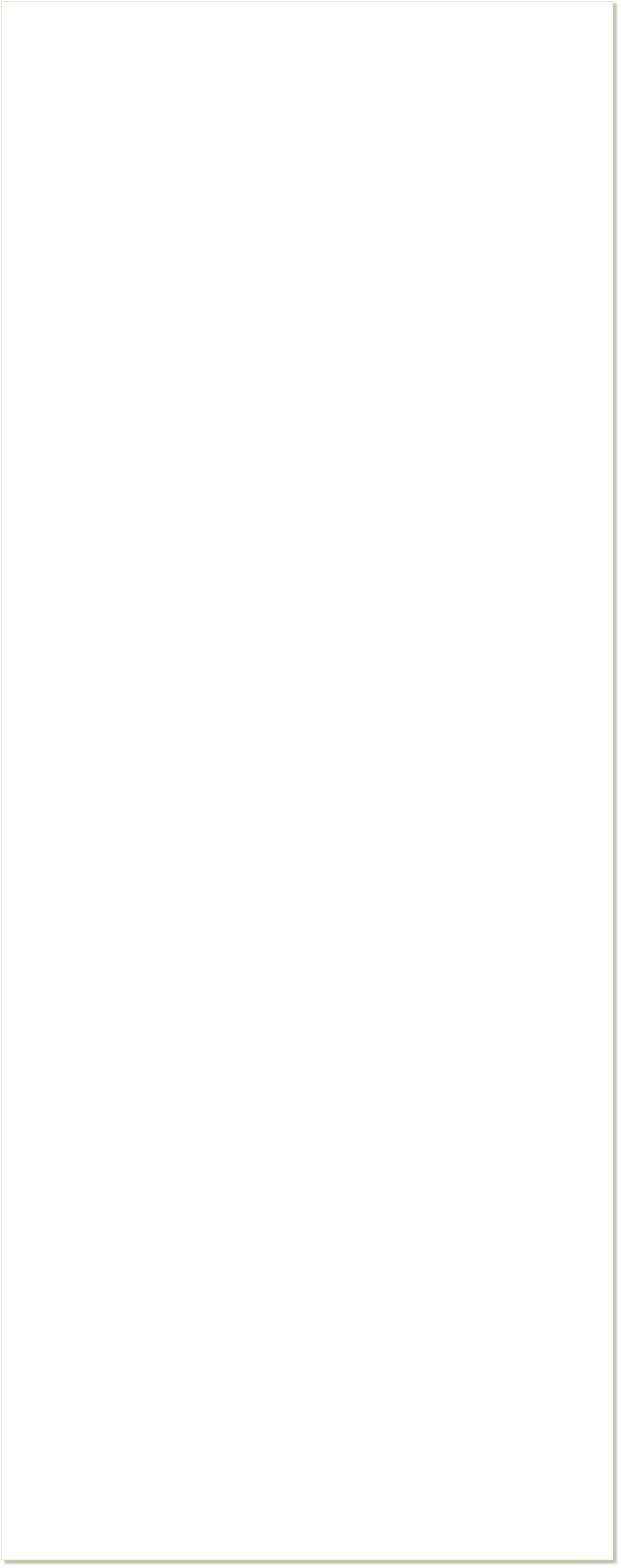

No part of this publication may be reproduced, or transmitted, or stored, in any form or by any means, electronic,
mechanical, photocopying, recording, or otherwise, without the prior written permission of SheetMetalWorkBook.com, Sixth
Edition Reformatted for Internet, ©2012 SheetMetalWorkBook.com


Please Donate if
you find this site
helpful.
Thank-You!
90 Degree Bends
When
developing
flat
length
for
90
degree
bends
always
make
sure
the
dimensions
are
outside
to
outside
.
Using
the
example
to
the
right
let
us
say
the
material
thickness
is
.050
and
the
bend
radius
is .032. Our bend allowance would be:
(.0078 x .050 + .01743 x .032) x 90 = .085
Now we can calculate the bend deduction:
2 x (.050 + .032) = .164
.164 - .085 = .079 B.D.
Look
at
the
two
pictures
closely
and
notice
the
different
way
each
is
dimensioned.
They
are
both
identical
parts.
The
first
picture
is
shown
dimensioned
like
a
typical
blueprint.
The
second
is
the
dimensions
we
need
for
our
flat
pattern
development.
We
got
the
bottom
dimensions
from
the
information on the first drawing.
Note
that
the
.370
dimension
is
located
from
outside
of
a
bend
to
the
inside
of
a
bend.
We
will
have
to
add
a
material
thickness
to
the
.370
dim.
making
it
.420.
The
1.050
dim.
on
the
bottom
picture
came
from
subtracting
.740
from
1.740
which
would
give
us
a
distance
of
1.000
from
outside
to
inside.
Now
we
have
to
add
a
material
thickness
to
the
1.000
dim.
making
it
1.050
which
now
gives
us
all
of
our
outside
dimensions.
We
can
do
our
development next.
Below
is
an
easy
way
of
keeping
track
of
our
bends
and
bend
deductions.
You
can
count
the
B.D.'s
and see that we are figuring for 3 bends.
.740
-.079 B.D.
.661
+.420
1.081
-.079 B.D.
1.002
+1.050
2.052
-.079 B.D.
1.973
+1.000
2.973 = Flat stretch out


























































































